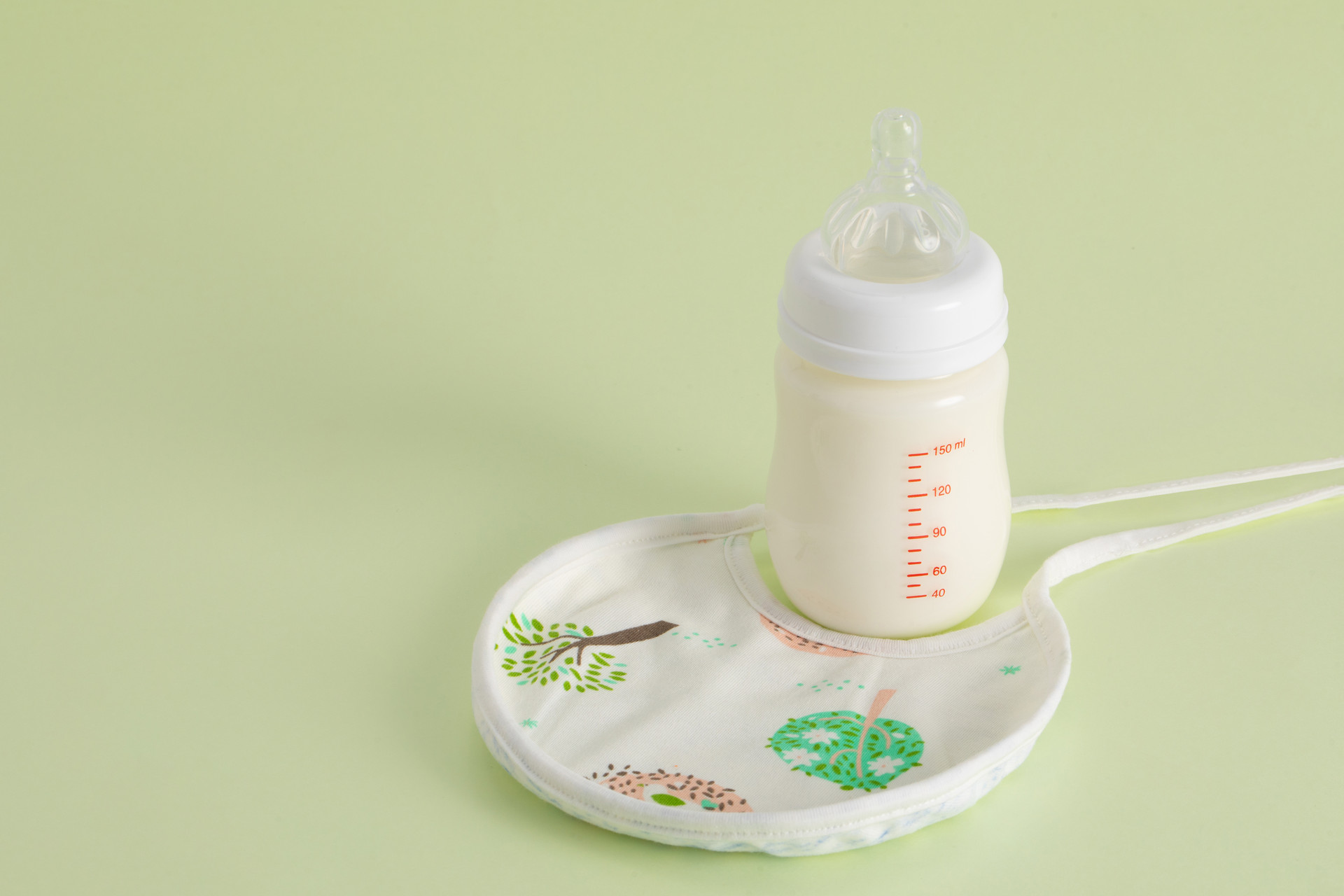Time flies, and babies are growing day by day under our care. In the process of taking care of children, unexpected situations always arise, such as when a baby suddenly has a nosebleed, what should you do? Let's learn how to take care of a baby with a nosebleed together!
What causes a baby to have a nosebleed
Due to the fact that the blood vessels in a baby's nasal cavity are not fully developed before the age of two, it is rare for babies under the age of two to have nosebleeds. However, baby nosebleeds are generally caused by the following reasons:
1. When a baby's nasal mucosa is dry, blood vessels dilate, or when there is inflammation or irritation in the nasal cavity, it is easy for the baby to have a nosebleed, such as various types of rhinitis, sinusitis, nasal tuberculosis, syphilis, nasal trauma, deviated nasal septum, foreign bodies in the nose, or nasal tumors.
2. Poor climatic conditions, such as dry air, heat, low air pressure, cold, or high room temperature, can also cause a baby to have a nosebleed.
3. Some babies have the bad habit of picking their nose, and they are prone to nosebleeds when the nasal mucosa is dry.
4. Picky eating, selective eating, or not eating vegetables can lead to vitamin deficiency and nosebleeds in babies.
5. When a baby has a fever or a cold, the nasal mucosa becomes congested and swollen, and shallow blood vessels under the mucosa are prone to rupture and bleed. Certain systemic diseases such as fever, hypertension, arteriosclerosis, leukemia, thrombocytopenic purpura, or aplastic anemia can also cause a baby to have a nosebleed.
6. External injuries, children being active and accidentally bumping into hard objects can also cause nosebleeds. Also, teach the baby not to pick their nose at will, as picking the nose can cause damage to the nasal mucosa and lead to nosebleeds.
7. Decreased platelets in the blood can also cause a baby to have a nosebleed. In this case, if the nosebleed is excessive and difficult to stop, it is recommended to have a blood routine examination, as it may be a complication of another disease that needs attention from parents.
How to care for a baby with a nosebleed, the correct method is important
1. Stop the bleeding promptly
If the baby's nosebleed is only a small amount, parents can use a damp cotton ball or gauze to plug the nostril. If only one nostril is bleeding, only plug that nostril. This can quickly stop the nosebleed. If the nosebleed is more significant and there are blood clots in the nasal cavity, parents can try to soften the blood clot with a damp cotton swab, remove the blood clot, and then stop the bleeding.
2. Have the baby lean forward slightly instead of tilting the head back
Many parents use the wrong approach when their baby has a nosebleed, such as tilting the baby's head back. This is a big mistake. Instead, parents should have the baby's head slightly forward, apply a cold compress with a damp towel to the baby's forehead, and use their thumb to press the base of the baby's nose. This should be done for a few minutes to achieve the goal of constricting blood vessels and stopping the bleeding. It is important to note that the baby should not tilt their head back as it can easily cause the blood to flow back into the baby's respiratory tract and lungs, which is very dangerous. Parents should remember this!
Avoid incorrect methods of stopping nosebleeds in babies
1. Avoid having the baby lie flat
When a baby has a nosebleed, many parents panic and use the wrong methods. For example, many parents immediately have the baby lie down on the bed, thinking that this will stop the bleeding. In fact, this is very inappropriate. Lying down can easily cause breathing difficulties and the baby may swallow a large amount of blood.
2. Stuffing paper into the baby's nasal cavity
When a baby has a nosebleed, parents can use a damp cotton ball to plug the baby's nostril to stop the bleeding. However, at the same time, it is necessary to press down on the base of the baby's nose, instead of just stuffing the paper into the nostril and leaving it there. This will cause the bleeding to increase. Pressing down on the base of the baby's nose and using pressure to stop the bleeding is the correct method. If the paper is too hard, it may also cause damage to the baby's delicate nasal tissue.











